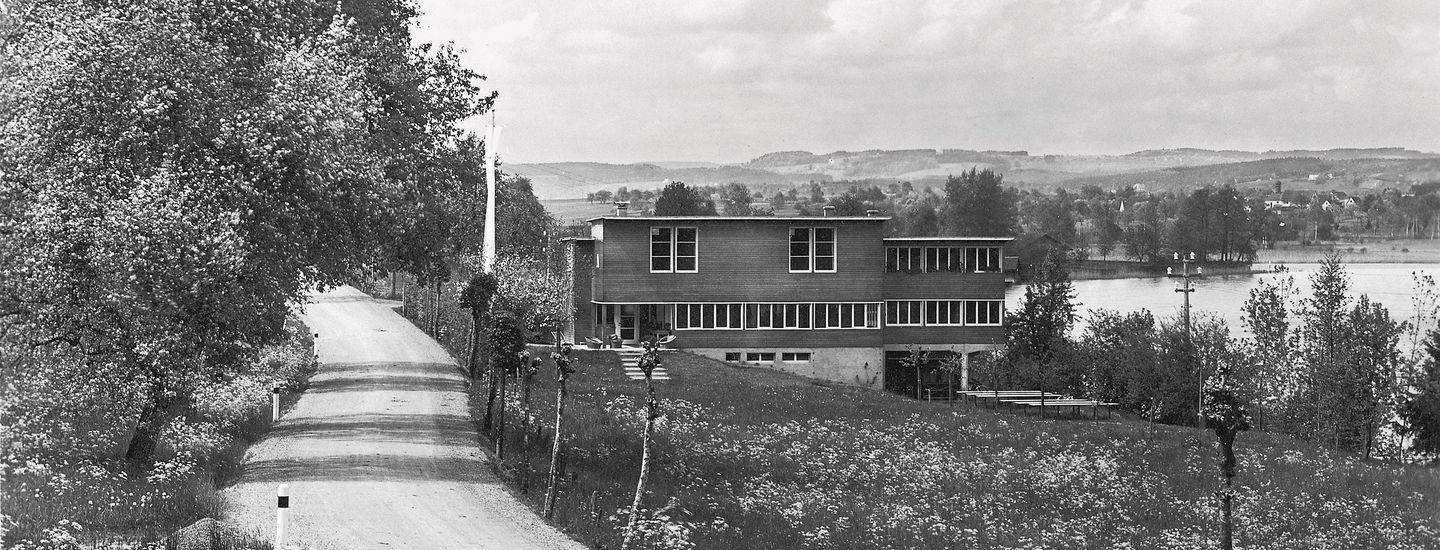
1960 to 1970
The dawn of youth
«I can’t get no satisfaction – Discover yourself! There’s so much more to everyone than they know.» The Rolling Stones on Globus department store’s advertising, which causes some bafflement.
Young people bitten by the travel bug
Youth tourism experiences a significant boom in the 1960s and 1970s. Young hitchhikers travel around the world independently carrying their large backpacks. They usually have a limited budget and prefer simple and affordable accommodation. This is where the youth hostels come in.
The Swiss Youth Hostels Federation also wants to keep pace with the growing international travel fever and establishes the Swiss Youth Travel Service in 1967 in partnership with the Swiss Student Travel Service (SSR). This becomes jugi tours in 1970. Competition is growing on the youth travel market: Guesthouses, group accommodation and bed and breakfast offerings are now also aimed directly at young travellers. Internal problems are also becoming apparent as a result of external pressure. The organisation is represented throughout Switzerland, but the business structures have not really grown with it. Although there are significantly fewer hostels and the number continues to fall every year, there are growing concerns over stagnation and its ensuing financial repercussions.
The mood of optimism in the 1960s first and foremost makes itself felt in Switzerland economically. The Cold War dominates the country, women are still denied the right to vote and contemporary music is frowned upon. [1] However, a number of young Swiss people are once again demanding places that they can use autonomously. They do not want youth hostels to conform to the adult perception that they should serve as places for young people to escape negative influences. They criticise the house rules in the youth hostels, which are perceived as rigid, with quiet hours during the night and alcohol and smoking bans. And not only do adults sit on the governing boards, but they are also increasingly to be found in the hostel rooms. Families occupy the beds and demand new offerings and room layouts.
In addition, the trend from the previous decade continues, with the majority of overnight visitors hailing from abroad. Swiss young guests are also exposed to completely new concepts and ideas. The protests against the Vietnam War gradually spread to Switzerland, and on 29 June 1968 the situation comes to a head when the establishment of an autonomous youth centre is refused in Zurich. The politicisation of young people is not seen as much of an issue for the Swiss Youth Hostels Federation, but they are increasingly having to meet their customers’ desire for independence. Just as the scratchy wool blankets were replaced at the beginning of the decade, a few other habits had to give way to new needs and demands in the 1970s.
The 318 beds in the Zurich Youth Hostel on Mutschellenstrasse, which opened in 1965, will soon be predominantly occupied by guests from all over the world.
[1] Cf. Erika Hebeisen, Elisabeth Joris, Angela Zimmermann, Zurich 68, Kollektive Aufbrüche ins Ungewisse (Collective Ventures into the Unknown), 2008, p. 7.






Share this page